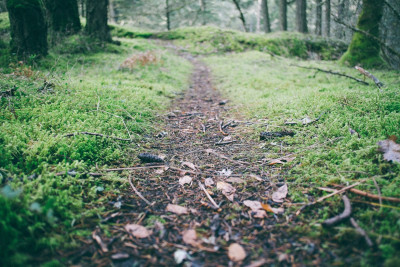Nature's Toolkit
Pupils explore how natural objects can serve as substitutes for everyday tools we use. This encourages pupils to draw connections between the multifunctionality observed in nature and its potential for inspiring human innovation and design.
Age Group: 9-12 years
Duration: 30 minutes
Biomimicry Connection:
This activity explores the concept of multifunctionality in the natural world and encourages pupils to draw connections between nature's versatility and its potential for inspiring human innovation and design. Pupils are prompted to explore various natural objects and consider how each of these objects can serve as substitutes for everyday tools. By drawing parallels between these natural multifunctional objects and human-made tools, pupils gain insights into how nature's multi-purpose designs can inspire innovative thinking.
Activity Details:
Tools and Materials
- A selection of natural objects (leaves, branches, feathers, shells or other suitable items)
- Large sheets of paper (at least one per group of pupils)
- Pens/markers/crayons
Preparation
- Gather a selection of natural objects, such as leaves, branches, feathers and shells.
- Prepare a large sheet of paper and a pen for each group of pupils, as well as markers/crayons.
Description
With this activity, pupils will learn how different natural objects can be used for the same function.
- Start by introducing the concept of multifunctionality in nature. For example: "Nature is full of many-purpose designs, which means that some things in nature can do lots of different jobs at the same time."
- Ask pupils to brainstorm in their group and make a list of different tools or objects they use in their everyday life. Think of tools like a hammer, pencil or spoon.
- Once pupils have their lists, ask them to look at the selection of natural objects and choose one that could be used as a substitute for each of the tools on their list. For example, a branch could be used as a hammer, a stick could be used as a pencil, and a seashell could be used as a spoon. Write this down next to the tools.
- Let pupils share their findings. Discuss how natural objects can serve as ‘multiple tools in one’, while we need many different tools.
This activity shows how nature's multi-purpose designs can inspire us to see everyday objects in a whole new way, showing that in nature, one thing can often do many jobs, unlike the human-made tools we use in our daily lives.
